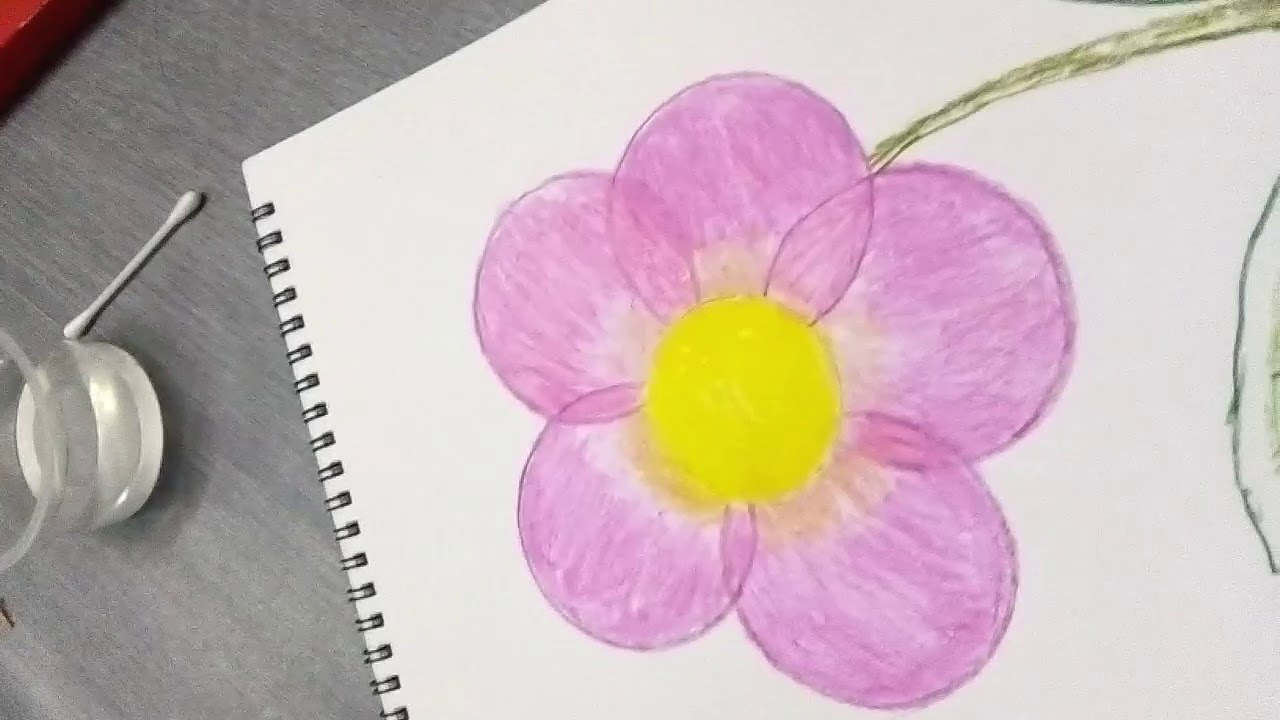Watercolor Pencils for Kids & Beginners
Watercolor pencils offer the ease of drawing with colored pencils but leave you with the final effect of a watercolor painting.
Watercolor pencils are fun because you can use them in different ways to produce a variety of effects. You can go outside and draw a picture using the pencils, return home, add water, and end up with a new picture.
What You Need
- Watercolor pencils
- Watercolor paper (or a sketchbook with heavy paper)
- Paintbrushes – you’ll need a fine, medium, and wide (1”) brush
- Water – if you are taking your pencils outside, look for a water container with a screw-top lid. If you plan on doing more than one or two drawings, you may also need to bring along extra clean water
- Paper towel (or an old cloth towel) to absorb spills or overenthusiastic applications of water
Some Guidelines for Using Watercolor Pencils
- Use watercolor paper as it won’t buckle when wet. You can also use heavy sketchbook paper but avoid newsprint and drawing paper. If you are using a sketchbook, avoid the wet paper technique described below, the paper may tear while you draw.
- If you use a sketchbook, leave a blank page or two after your drawing so when you add water to the image the water doesn’t destroy your picture on the next page.
- Avoid bearing down with watercolor pencils because dark lines won’t blend well. If you want a section to be darker, build up the color by drawing over the spot lightly until it is as dark as you want it. Also, consider mixing two or three dark colors. Remember, when you add water, the color will look different.
- Make certain you let your watercolor pencils dry before storing them – they will melt!
- If you own both watercolor pencils and regular colored pencils, keep them in separate containers where it will be hard for them to mix. It is disappointing to draw a picture and then go over it with a wet brush only to discover that the blue doesn’t mix because it was a regular pencil.
Wet Paper Technique
Dip the wide brush in water and wet the entire page. With the watercolor pencils, draw your picture before the paper dries. The colors will blend and the edges will be soft, giving the effect of a watercolor painting. This technique quickly wears away the pencils.
Draw First Technique
Draw your entire picture on a dry sheet of paper as if you were drawing with regular colored pencils. Then, go back over the picture with a fine or medium brush dipped in water. Avoid painting water over the entire page or the colors will become muddy. Work on one small section at a time. The effect combines the crispness of pencil with the softness of watercolor paints. If you draw over a spot with two different color pencils, when you add water, they will blend into a new color.
Dip and Draw Technique
Dip the pencil tip in water and draw on dry paper. The effect is sharper than the wet paper technique.
Coloring Book Technique
Draw a picture with a black pen. Color it in with watercolor pencils. Dip your brush in the water and blend the pencil, section by section.
Keep exploring ways to use your watercolor pencils, maybe by combining two techniques in one drawing. Draw different things. Try drawing a still life (set up the objects in front of you) or a landscape. Copy a picture from a magazine. Draw an image from your mind. Have fun playing with your watercolor pencils. Then, explore other art techniques with chalk pastels, frescos, and mixed media projects.
